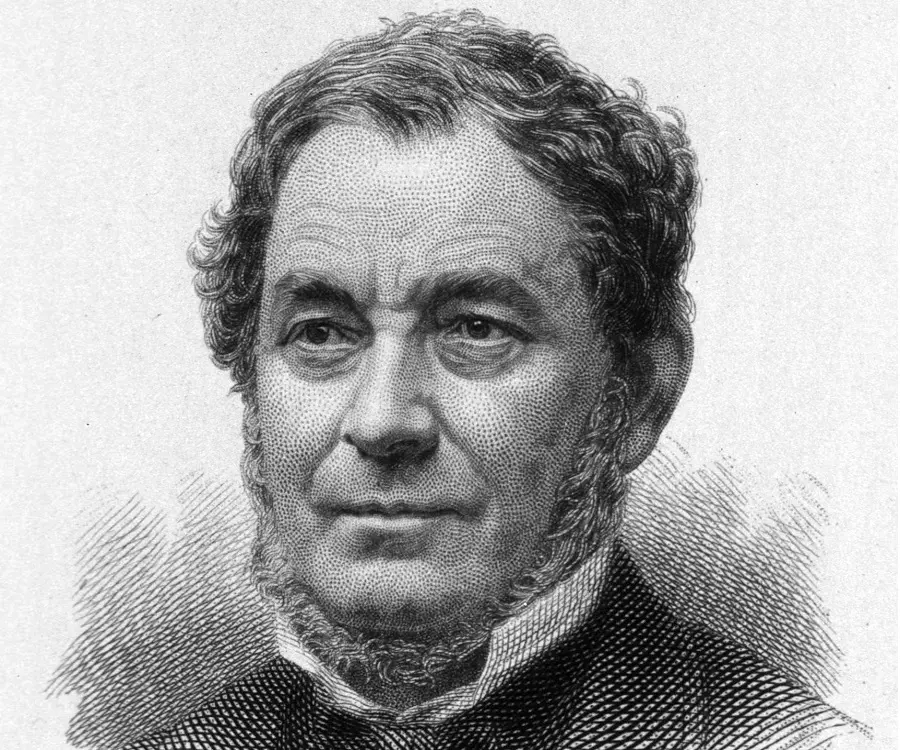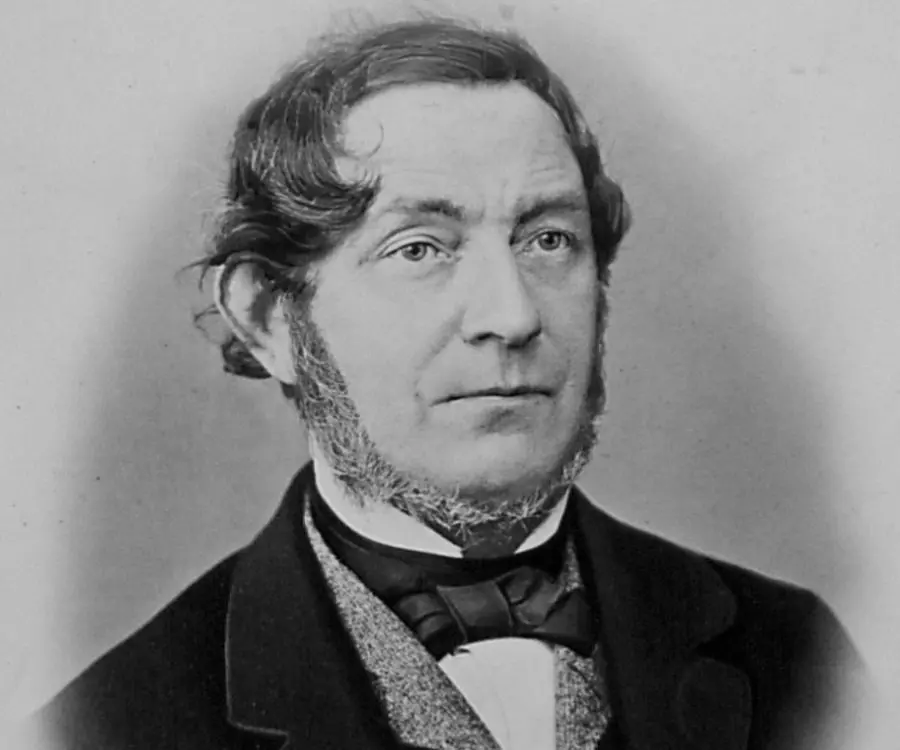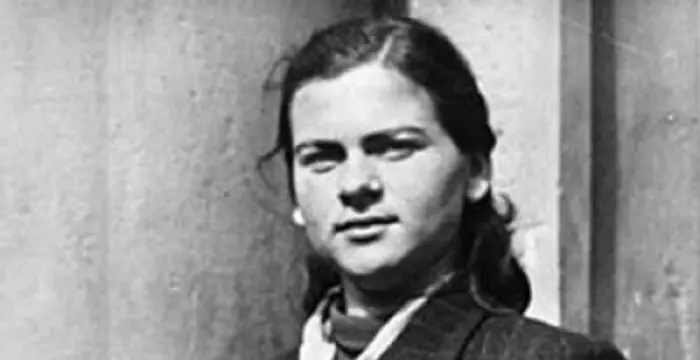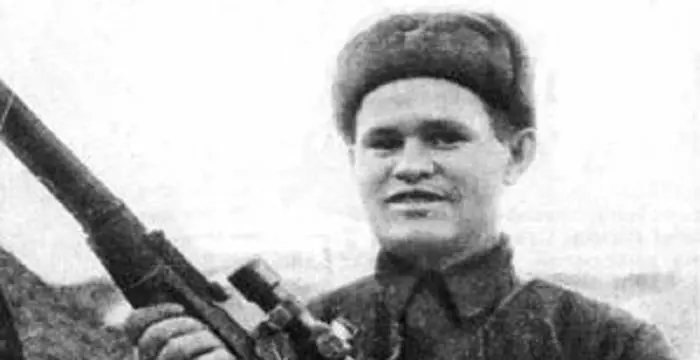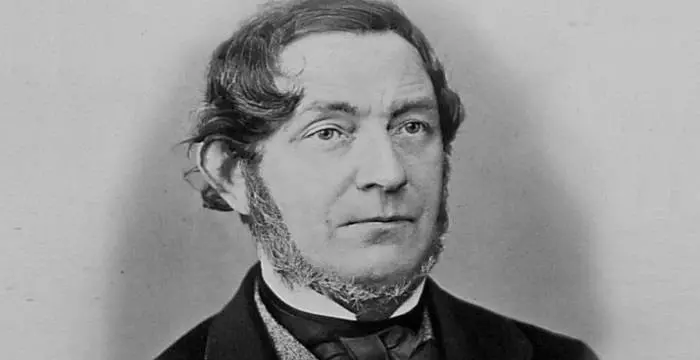
Robert Bunsen - Chemists, Family and Family
Robert Bunsen's Personal Details
Robert Bunsen was a German chemist who developed the Bunsen burner with Peter Desaga
| Information | Detail |
|---|---|
| Birthday | March 30, 1811 |
| Died on | August 16, 1899 |
| Nationality | German |
| Famous | Scientists, Chemists |
| Known as | R. Bunsen |
| Universities |
|
| Discoveries / Inventions |
|
| Birth Place | Göttingen |
| Gender | Male |
| Sun Sign | Aries |
| Born in | Göttingen |
| Famous as | Chemist |
| Died at Age | 88 |
// Famous Scientists
Juliane Koepcke
Juliane Koepcke is a German-Peruvian biologist, who was the lone survivor among the 92 passengers and crew of the ill-fated LANSA Flight 508 that crashed in the Peruvian rainforest on 24 December 1971. Know more about her life in this biography.
Henry Cavendish
Henry Cavendish was a theoretical chemist and physicist, renowned for discovery of hydrogen and calculation of the mass of earth. To know more about his childhood, profile, timeline and career read on
Konstantin Tsiolkovsky
Konstantin Tsiolkovsky was a Russian rocket scientist and a pioneer of astronautics. This biography provides detailed information about his childhood, family, personal life, career, achievements, etc.
Robert Bunsen's photo
Who is Robert Bunsen?
Robert Bunsen was a German chemist who developed the Bunsen burner with his laboratory assistant Peter Desaga. A pioneer in photochemistry, he developed several gas-analytical methods and also performed research in the field of organoarsenic chemistry. The son of a professor, he grew up in an intellectually stimulating environment and developed an interest in science quite early on. He grew up to study chemistry, physics, mineralogy, and mathematics at the University of Göttingen and earned his doctorate in chemistry. He embarked on an academic career and taught at the Universities of Marburg and Breslau among others. While he was not teaching, he busied himself with performing experiments in the laboratory. Passionately committed to chemistry, he worked with substances such as cacodyl derivatives, sodium, barium, calcium, hydrogen and chlorine to make new discoveries and inventions. Some of his experiments posed potential dangers to his health and life, and he once almost died from arsenic poisoning. In addition to being an exceptional chemist, he was also skilled in designing apparatus and laboratory equipment. Among his numerous inventions are a carbon-zinc electric cell, the grease-spot photometer, the ice calorimeter, and the Bunsen burner. He never married and dedicated his entire life to scientific pursuits.
// Famous Chemists
Henry Cavendish
Henry Cavendish was a theoretical chemist and physicist, renowned for discovery of hydrogen and calculation of the mass of earth. To know more about his childhood, profile, timeline and career read on
Walter Kohn
Nobel Laureate Walter Kohn was an Austrian-born American theoretical chemist and physicist. Check out this biography to know about his childhood, life, achievements, works & timeline.
Jabir Ibn Hayyan
Jabir Ibn Hayyan was a medieval era polymath. Check out this biography to know about his life, works and achievements.
Childhood & Early Life
Robert Wilhelm Eberhard Bunsen was born on 30 March 1811, in Göttingen, Westphalia, Rhine Confederation (now Germany) to Christian Bunsen and his wife, as the youngest of four sons. His father was the University of Göttingen's chief librarian and professor of modern philology while his mother was the daughter of a British-Hanoverian officer.
He graduated from the Gymnasium at Holzminden in 1828 following which he joined the University of Göttingen where he studied chemistry, physics, mineralogy, and mathematics. He was educated under the guidance of teachers such as Friedrich Stromeyer, Johann Friedrich Ludwig Hausmann, and Carl Friedrich Gauss.
He completed his doctorate in 1831 and spent the next couple of years travelling in Germany, France, and Austria. His journeys were enriching ones and he met several prominent scientists including Freidlieb Runge, Justus Liebig, Eilhard Mitcherlich, Henri-Victor Regnault, Théophile Pelouze, and César Despretz.
Career
He began his academic career in 1833, becoming a lecturer at Göttingen. From the very beginning, he started experimenting in the laboratory. His initial experiments were on the (in) solubility of metal salts of arsenous acid. The experiments were of a very dangerous nature and he almost lost his life to arsenic poisoning.
In 1836, Bunsen succeeded Friedrich Wöhler at the Polytechnic School of Kassel. He worked there for three years before taking up the position of an associate professor at the University of Marburg. He was made a full professor in 1841.
By this time he was beginning to get much recognition for his chemical experiments with dangerous substances. One of his major inventions, the Bunsen cell battery, using a carbon electrode instead of the expensive platinum electrode, was also made in 1841.
He was known to risk his own safety and health in the pursuit of scientific discoveries. In 1843, he lost the use of his right eye in an explosion of cacodyl cyanide, an extremely toxic substance that undergoes spontaneous combustion in dry air.
He became a professor at the University of Breslau in 1851. There he met Gustav Kirchhoff, with who he would later collaborate to perform important research in spectroscopy.
After teaching at Breslau for just three semesters, he moved to the University of Heidelberg, succeeding Leopold Gmelin in 1852. He would remain at Heidelberg until his retirement in 1889.
Over the ensuing years, his experiments became more intense. In some of his experiments he used electrolysis to produce pure metals, such as chromium, magnesium, aluminum, manganese, sodium, barium, calcium and lithium.
He collaborated with Henry Enfield Roscoe in 1852 and the two men studied the photochemical formation of hydrogen chloride from hydrogen and chlorine which led to the development of the reciprocity law of Bunsen and Roscoe.
In the mid-1850s, he worked with his laboratory assistant, Peter Desaga, to develop a special gas burner which provided a very hot and clean flame. The burner is now known as the "Bunsen burner.”
In 1859, he partnered with Gustav Kirchhoff to study emission spectra of heated elements, a research area called spectrum analysis. They invented a prototype spectroscope for identifying the characteristic spectra of sodium, lithium, and potassium, and proved that highly pure samples gave unique spectra.
In 1868, he devised methods for separating the several metals—palladium, ruthenium, iridium, and rhodium—that remain in ores after the extraction of platinum. During this period he also worked with Victor Meyer to conduct a government–sponsored study of the mineral water of Baden, the results of which were published in 1871.
Major Works
Working along with his laboratory assistant Peter Desaga, Robert Bunsen designed a burner that produces a single open gas flame, which is used for heating, sterilization, and combustion. The burners, known as Bunsen burners, are used in laboratories all around the world.
He invented the Bunsen cell by improving upon the Grove cell designed by William Robert Grove. Bunsen replaced the Grove cell’s expensive platinum cathode with carbon in the form of pulverized coal and coke.
Awards & Achievements
He was made a corresponding member of the Académie des Sciences in 1853, and a foreign member in 1882.
In 1860, Bunsen was elected a foreign member of the Royal Swedish Academy of Sciences. The same year, he received the Copley Medal from the Royal Society of London.
In 1877, Bunsen and Kirchhoff became the first recipients of the prestigious Davy Medal "for their researches & discoveries in spectrum analysis."
He was awarded the Albert Medal in 1898 “in recognition of his numerous and most valuable applications of Chemistry and Physics to the Arts and Manufactures.”
Personal Life & Legacy
Robert Bunsen never married. He was totally dedicated to his profession and was a very popular and much-loved scientist. As a teacher he doted on his students who also returned his affection.
He remained active until the very end of his life. Following his retirement at the age of 78, he focused his interest on geology and mineralogy. He died on 16 August 1899 at the age of 88.
// Famous German peoples
Jordan Carver
Jordan Carver is a famous German model. Let’s take a close look at her personal life, including her age, career, net worth, achievements and some fun facts.
Jürgen Klopp
Jürgen Klopp is a German football manager, and a former professional football player. Check out this biography to know more about his childhood, family, personal life, etc.
Irma Grese
Irma Grese was a notorious German Nazi concentration camp guard during the Second World War. This biography profiles her childhood, life, horrifying acts, death and other facts.
Robert Bunsen biography timelines
- // 30th Mar 1811Robert Wilhelm Eberhard Bunsen was born on 30 March 1811, in Göttingen, Westphalia, Rhine Confederation (now Germany) to Christian Bunsen and his wife, as the youngest of four sons. His father was the University of Göttingen's chief librarian and professor of modern philology while his mother was the daughter of a British-Hanoverian officer.
- // 1828He graduated from the Gymnasium at Holzminden in 1828 following which he joined the University of Göttingen where he studied chemistry, physics, mineralogy, and mathematics. He was educated under the guidance of teachers such as Friedrich Stromeyer, Johann Friedrich Ludwig Hausmann, and Carl Friedrich Gauss.
- // 1831He completed his doctorate in 1831 and spent the next couple of years travelling in Germany, France, and Austria. His journeys were enriching ones and he met several prominent scientists including Freidlieb Runge, Justus Liebig, Eilhard Mitcherlich, Henri-Victor Regnault, Théophile Pelouze, and César Despretz.
- // 1833He began his academic career in 1833, becoming a lecturer at Göttingen. From the very beginning, he started experimenting in the laboratory. His initial experiments were on the (in) solubility of metal salts of arsenous acid. The experiments were of a very dangerous nature and he almost lost his life to arsenic poisoning.
- // 1836 To 1841In 1836, Bunsen succeeded Friedrich Wöhler at the Polytechnic School of Kassel. He worked there for three years before taking up the position of an associate professor at the University of Marburg. He was made a full professor in 1841.
- // 1841By this time he was beginning to get much recognition for his chemical experiments with dangerous substances. One of his major inventions, the Bunsen cell battery, using a carbon electrode instead of the expensive platinum electrode, was also made in 1841.
- // 1843He was known to risk his own safety and health in the pursuit of scientific discoveries. In 1843, he lost the use of his right eye in an explosion of cacodyl cyanide, an extremely toxic substance that undergoes spontaneous combustion in dry air.
- // 1851He became a professor at the University of Breslau in 1851. There he met Gustav Kirchhoff, with who he would later collaborate to perform important research in spectroscopy.
- // 1852 To 1889After teaching at Breslau for just three semesters, he moved to the University of Heidelberg, succeeding Leopold Gmelin in 1852. He would remain at Heidelberg until his retirement in 1889.
- // 1852He collaborated with Henry Enfield Roscoe in 1852 and the two men studied the photochemical formation of hydrogen chloride from hydrogen and chlorine which led to the development of the reciprocity law of Bunsen and Roscoe.
- // 1853 To 1882He was made a corresponding member of the Académie des Sciences in 1853, and a foreign member in 1882.
- // 1859In 1859, he partnered with Gustav Kirchhoff to study emission spectra of heated elements, a research area called spectrum analysis. They invented a prototype spectroscope for identifying the characteristic spectra of sodium, lithium, and potassium, and proved that highly pure samples gave unique spectra.
- // 1860In 1860, Bunsen was elected a foreign member of the Royal Swedish Academy of Sciences. The same year, he received the Copley Medal from the Royal Society of London.
- // 1868 To 1871In 1868, he devised methods for separating the several metals—palladium, ruthenium, iridium, and rhodium—that remain in ores after the extraction of platinum. During this period he also worked with Victor Meyer to conduct a government–sponsored study of the mineral water of Baden, the results of which were published in 1871.
- // 1877In 1877, Bunsen and Kirchhoff became the first recipients of the prestigious Davy Medal "for their researches & discoveries in spectrum analysis."
- // 1898He was awarded the Albert Medal in 1898 “in recognition of his numerous and most valuable applications of Chemistry and Physics to the Arts and Manufactures.”
- // 16th Aug 1899He remained active until the very end of his life. Following his retirement at the age of 78, he focused his interest on geology and mineralogy. He died on 16 August 1899 at the age of 88.
// Famous Aries Celebrities peoples
Skai Jackson
Skai Jackson is an American child actress with huge fan following. Find more about her family & personal life, relationships, facts and more.
Shemar Moore
Shemar Moore is a model turned actor best known for his role in the television series ‘The Young and the Restless’. This biography of Shemar Moore provides detailed information about his childhood, life, achievements, works & timeline.
Vasily Zaytsev
Vasily Zatysev was a Russian sniper who served during the World War II. Check out this biography to know about his childhood, family life, achievements and fun facts about him.
Ivey Meeks
Ivey Meeks is an American YouTube star and model. Let’s have a look at her family and personal life including age, date of birth, net worth, boyfriends and fun facts.
Tobi Lerone
Check out all that you wanted to know about Tobi Lerone, the famous YouTube Personality and gamer; his birthday, his family and personal life, his girlfriends, fun trivia facts and more.
Simone Signoret
Simone Signoret was a French actress who became the first French person to win an Academy Award. Check out this biography to know about her childhood, family life, achievements and other facts related to her life.
Robert Bunsen's FAQ
What is Robert Bunsen birthday?
Robert Bunsen was born at 1811-03-30
When was Robert Bunsen died?
Robert Bunsen was died at 1899-08-16
Where was Robert Bunsen died?
Robert Bunsen was died in Heidelberg
Which age was Robert Bunsen died?
Robert Bunsen was died at age 88
Where is Robert Bunsen's birth place?
Robert Bunsen was born in Göttingen
What is Robert Bunsen nationalities?
Robert Bunsen's nationalities is German
What was Robert Bunsen universities?
Robert Bunsen studied at University of Göttingen
What is Robert Bunsen's inventions/discoveries?
Bunsen Burner was invented (or discovered) by Robert Bunsen
What is Robert Bunsen's sun sign?
Robert Bunsen is Aries
How famous is Robert Bunsen?
Robert Bunsen is famouse as Chemist




